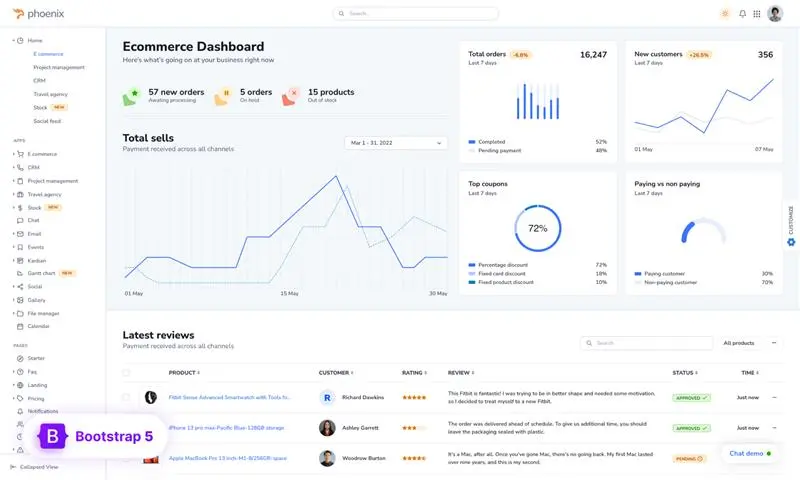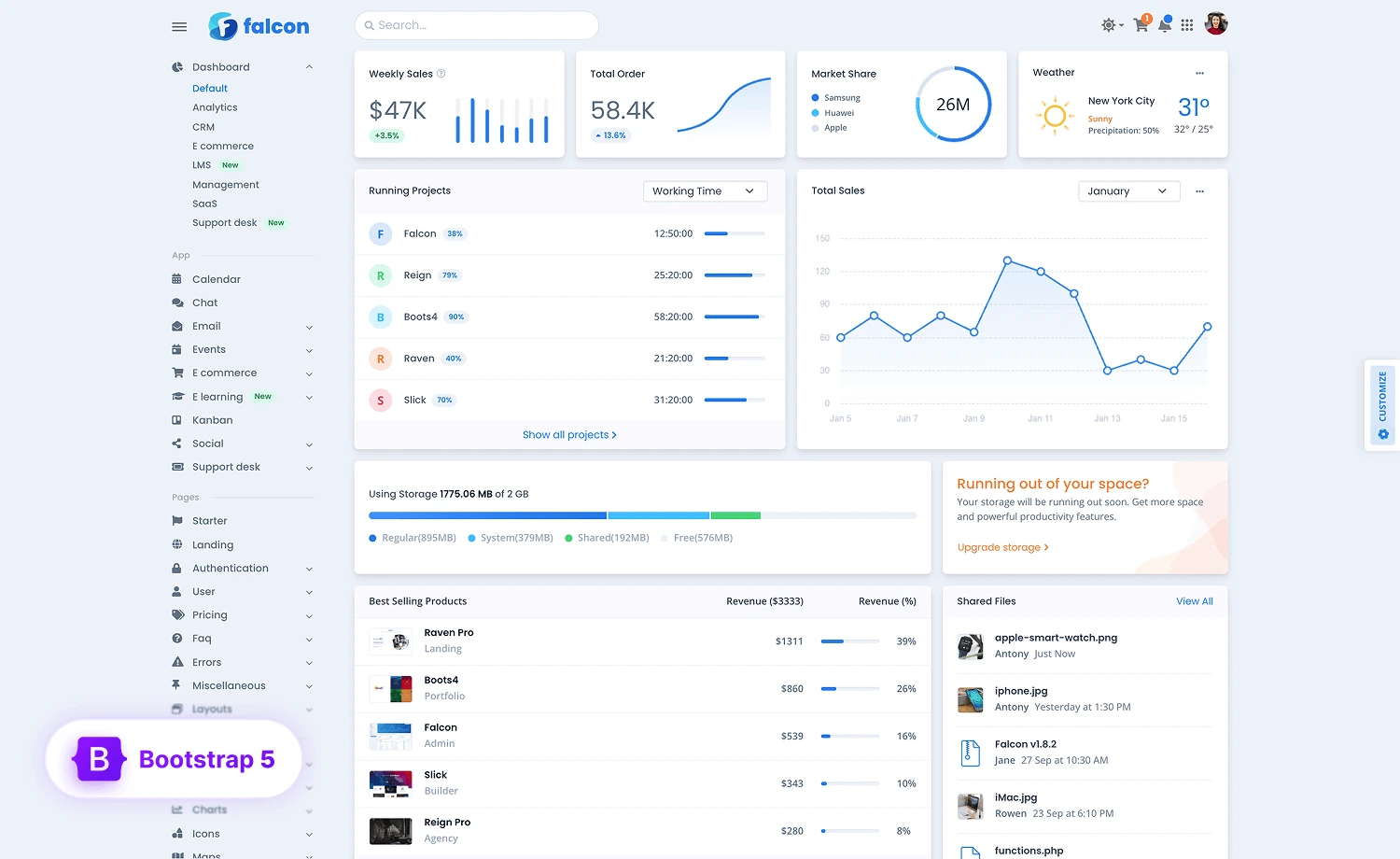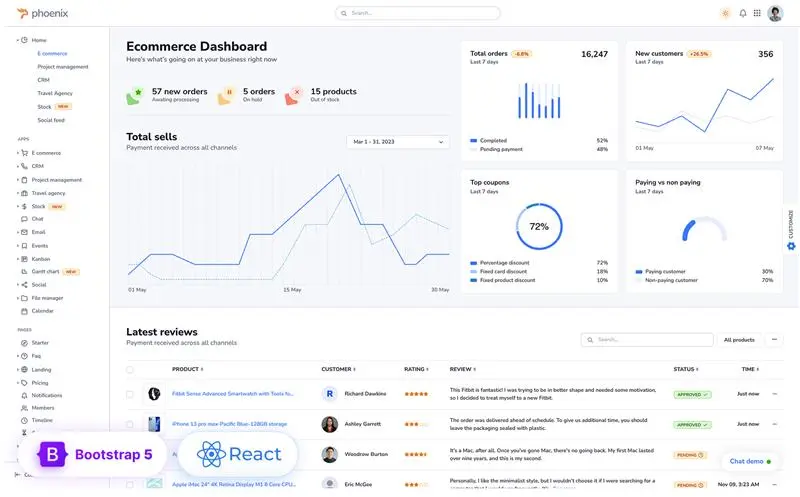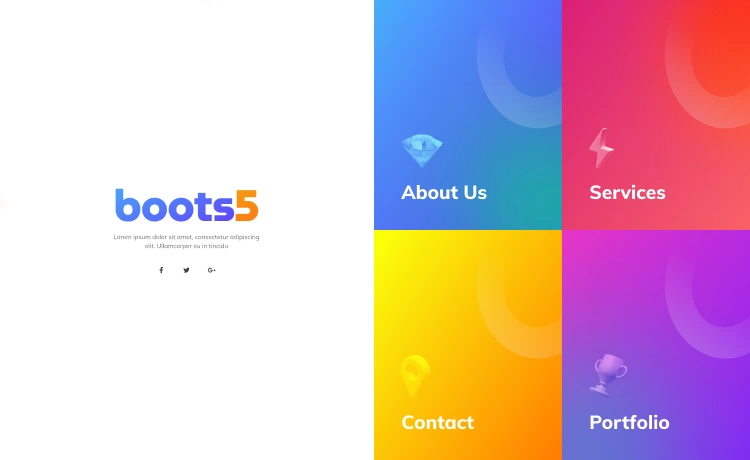We all know that marketplaces like eBay and Amazon are extremely popular, representing a huge portion of the online retail sales industry. Whether you’re just starting as an e-commerce entrepreneur or you’re looking to expand into foreign markets, there are some things you need to keep in mind when doing business internationally. In this post, we’ll discuss some important considerations for those who intend to sell their products across borders
What is Internationalization?
Internationalization (or internationalization of your online business) is defined as the conversion of an online product or service into different languages, enabling people in different markets to purchase and use it. This can involve everything from the text of your website to marketing and advertising materials to the actual products you sell. Your idea might be great, but if it doesn’t appeal to people in other countries, you’re not going to have much success. Businesses often utilize Translation Management Systems (TMS) to facilitate the internationalization process, efficiently managing the translation project of website content, marketing materials, and product information into multiple languages.
The challenges of internationalization
Before we get into the details of internationalizing your online business, it’s important to understand why this is often such a challenge for many e-commerce entrepreneurs. One problem stems from the fact that many online store owners are too eager to get started and don’t think about potential problems until they start selling overseas.
This can be especially true for start-up e-commerce entrepreneurs. They may not have the opportunity to test their product or service with customers and think that if it works well for their home market, it is going to work just as well in other countries. If that’s the case, this product or service will be a huge flop for internationalization, even if it does well in the US or UK.
The problem with this approach is that many people who start e-commerce businesses are successful within their domestic market, but then struggle when they want to expand into new markets. This could happen because they fail to take advantage of the experience of others who have done business internationally before them.
Tips for Internationalization in E-Commerce
We’ve identified seven tips for anyone who wants to internationalize their online business. You need to keep these things in mind for any products and services you’re trying to sell internationally.
1. Globalize Your E-Commerce Website
Although you might be a US native who speaks English, your customers won’t necessarily be. Many international visitors to your website will be speakers of non-English languages, and they’ll need to be able to read and understand your website to successfully make their purchases. By globalizing your e-commerce website (i.e., adding support for other languages), you can attract a wider audience and therefore boost your sales by making it easier for more people to shop from you. If you aren’t sure how to go about translating key pieces of information on your web pages, check out this guide for tips.
2. Consider Global Payment Methods
Different countries have different preferences when it comes to payment methods, so you’ll want to let your customers know how they can pay for their purchases. In some places, for example, customers don’t use credit cards as often as we do in the US – they might prefer to pay by bank transfer or with a PayPal account instead. You should make sure that you have information about all the different ways in which your customers can pay listed on your website (along with convenient methods like Stripe integration). If you don’t offer the right options, you’ll turn off many potential buyers and end up missing out on a lot of sales.
3. Specify the Currency You Want to Use
If you plan on selling products or services to customers in different countries, you must specify which currency you want your payments to be made in. E-commerce platforms like PayPal, Stripe, and Braintree will allow you to choose from several available currencies (including US dollars), so make sure that you have the right pick for your particular market. If you’re not sure which currency(s) are going to be accepted by your potential customers, ask them directly when they place an order.
4. Keep Costs Low
In many countries around the world, it’s not uncommon for businesses to cash checks as a means of payment. These types of payments can be expensive, however, and might not be suitable for every type of e-commerce business. Instead of cashing checks, you might want to accept online payments through your e-commerce platform. By doing so, you’ll save yourself a lot of hassle and money in the long run by eliminating the need to hold onto large amounts of cash at all times.
5. Make Sure Your Products Are Available Overseas
If you’re planning on selling international products, your inventory must be in place and ready to go before you jump into foreign markets for business. This way, you’ll avoid wasting valuable time by dealing with inventory issues, and you’ll avoid losing potential customers who might have otherwise been interested in buying from you if your product offerings were more diverse.
6. Consider the Customer’s Needs
While it’s important that you have a specific target customer in mind when selling products online, it’s equally important to take a step back and try to understand how your customer thinks instead of how you think they should be thinking. Selling abroad can make it easy to forget about the cultural differences between countries, but if you want your business to succeed on an international level, you’ll need to keep these differences in mind at all times.
7. Build Your List of International Customers
Although you might be tempted to jump right into offering your products in other countries, it’s best to take a step back and consider your options first. If you plan on expanding your business across borders, make sure that you don’t begin selling until you have enough information about the customer base in each country. By building a list of customers who are willing to support your international expansion, you’ll have more people from whom to collect feedback – which means that you’ll be able to refine your product offerings before launching and will maximize the chance that foreign shoppers will be interested in what you’re selling.
Conclusion
When you’re planning to expand into another country, it’s important to keep everything in mind, especially the local rules and customs that you should follow. By following these seven tips for internationalization in e-commerce, you’ll be able to boost your sales and gain a greater understanding of your customers’ needs. We hope that this post has been helpful to you – if you have any comments, please let us know!














